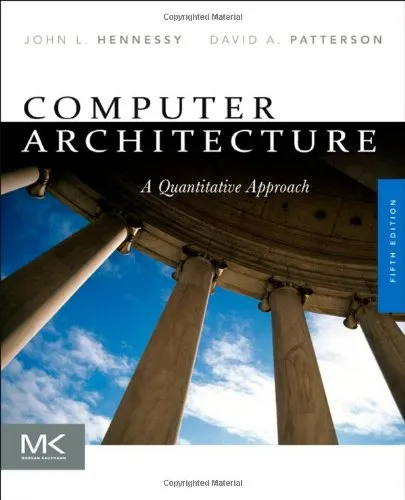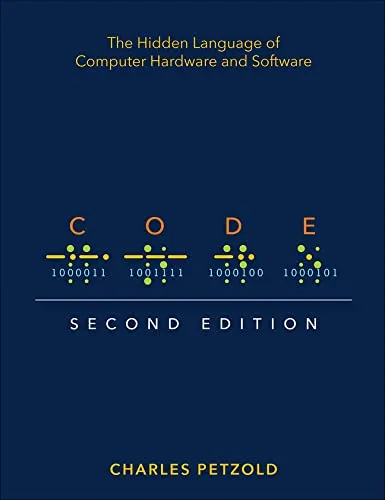Computer Architecture, Fifth Edition: A Quantitative Approach
4.5
Reviews from our users

You Can Ask your questions from this book's AI after Login
Each download or ask from book AI costs 2 points. To earn more free points, please visit the Points Guide Page and complete some valuable actions.Related Refrences:
Introduction to "Computer Architecture, Fifth Edition: A Quantitative Approach"
Authored by John L. Hennessy and David A. Patterson, "Computer Architecture, Fifth Edition: A Quantitative Approach" is a seminal text that has transformed the understanding and teaching of computer architecture. This book serves as an essential resource for students, professionals, and researchers who are eager to delve into the complexities of computer architecture with a focus on quantitative analysis.
Summary of the Book
The fifth edition of this acclaimed book expands on its tradition of providing comprehensive coverage of fundamental and advanced topics in computer architecture. The authors, pioneers in the field, continue to explore the rich landscape of computer design and organization, advancing with emerging technologies such as increased parallelism, multicore processors, and the growing importance of cloud computing.
Continuing to emphasize measurement and its necessity, the book provides detailed analyses through extensive case studies and examples, allowing readers to understand the intricacies of modern computer architecture through a practical lens. The text is well-structured, offering in-depth explanations on topics like instruction sets, pipelining, vector processors, multiprocessors, and memory hierarchy.
Key Takeaways
This edition places significant weight on the quantitative analysis of computer architecture. By introducing revised tools for benchmarking and performance measurement, students gain a clearer understanding of how to assess computer systems effectively.
- Understanding the role of hardware/software interface in shaping computing systems.
- Appreciating design trade-offs with respect to performance, power consumption, and cost.
- Distinguishing between various types of parallel processing and their applications.
- Realizing the future trajectory of computing technologies in measures of efficiency and scalability.
Famous Quotes from the Book
While the book is rich in technical detail, it also provides thought-provoking insights into the evolution and direction of computer systems:
"The purpose of a design is not to make a computer faster, but to make a user more effective."
"Designing computer systems is a constant battle to balance power, cost, and performance."
Why This Book Matters
"Computer Architecture, Fifth Edition: A Quantitative Approach" is not just a textbook; it's a beacon for understanding the rapidly evolving landscape of computing technology. As technology advances at an unparalleled pace, this book offers timeless principles and in-depth analysis necessary for interpreting these changes effectively.
The text is instrumental for both academia and industry. It serves as a rich source of knowledge for educators and students alike, fostering a deeper appreciation for the challenges in computer architecture. For professionals, it is a comprehensive reference that supports continuous learning and adaptation in the field. By bridging the gap between theory and practical application, this book provides the tools and insights needed to innovate and lead in the world of computer science.
This edition is also distinguished by its holistic approach to the environmental and economic implications of architectural choices, advocating for efficiency and sustainability in computational design.
Free Direct Download
You Can Download this book after Login
Accessing books through legal platforms and public libraries not only supports the rights of authors and publishers but also contributes to the sustainability of reading culture. Before downloading, please take a moment to consider these options.
Find this book on other platforms:
WorldCat helps you find books in libraries worldwide.
See ratings, reviews, and discussions on Goodreads.
Find and buy rare or used books on AbeBooks.
1340
بازدید4.5
امتیاز50
نظر98%
رضایتReviews:
4.5
Based on 0 users review
"کیفیت چاپ عالی بود، خیلی راضیام"
Questions & Answers
Ask questions about this book or help others by answering
No questions yet. Be the first to ask!



